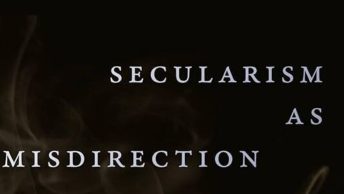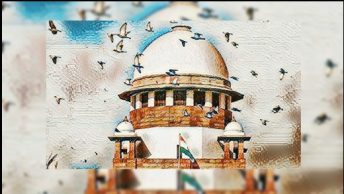Several law journals are continuing to post their content online for free. Here are some recent issues of interest:
i) The NALSAR Law Review’s latest issue features articles by student authors on issues relating to criminal law, constitutional law, arbitration law, commercial law, trade/foreign investment law, and international law. Most of these focus on Indian law, though some have a broader perspective. The issue contains an article titled ‘Doctrine of Arbitrariness and Legislative Action‘ by fourth year law students at NALSAR, Deepika Sharma and Radhika Gupta, that analyses equality law under Article 14 of the Indian Constitution, and takes as its foil a 2008 article in the Indian Journal of Constitutional Law by Abhinav Chandrachud, who is a contributor to this blog. My recent research on the Indian Supreme Court’s equality jurisprudence reminded me of the doctrinal fluidity – and ambiguity – that characterises this area of the law, and the exchange between these pieces brings this out quite sharply.
The issue also contains an interesting case comment on the decision in R.K. Anand v. Registrar Delhi High Court (which was briefly discussed in this previous blogpost). The website of the journal appears to be temporarily down, but links to individual articles can be found on the blog Something About the Law here.
ii) The print issue of the NUJS Law Review’s last issue (dated Oct-Dec 2009) has been out for a while, but is still unavailable on the journal’s website. Hopefully, the editors will get their act together, because the issue has some very good pieces, including perhaps the first detailed treatment of the Supreme Court’s decision in Santosh Bariyar’s case (which has been discussed extensively in previous blog posts).
iii) Lastly, the latest issue of the recently established Drexel Law Review focuses on ‘Perspectives on Fundamental Rights in South Asia’ . It contains articles on : the use of foreign decisions in constitutional cases in India, Sri Lanka and South Africa, including such use in the Naz Foundation case (by Shylashri Shankar); socio-economic rights in Nepal (by Elisabeth Wickeri); uterine prolapse and gender rights in Nepal; gender rights and federalism issues in Jammu and Kashmir (by Sehla Ashai) and political censorship in Indian cinematographic laws (by Arpan Banerjee). The issue features a preface by Anil Kalhan and a foreword by Marc Galanter. Links to the PDF full text versions of each of these articles are available here.





Hi
I have some thoughts regarding the article titled "Doctrine of Arbitrariness and Legislative Actin".
1. Presumption of constitutionality also ebbs away when the classification is so gross that on prima facie view it is arbitrary. In such case, there is a presumption of unconstitutionality of the law/executive action and the burden of proving constitutionality shifts to the government.
2. In using arbitrariness as a test, I think it is more to do with examining the exercise of power under the relevant legislation, to know whether the same has been arbitrary (without basis) or not. It need not always be the intention of the legislature, which infact gets addressed in the reasonable classification test.
Please let me know your thoughts.